
Gear reducers are indispensable components in mechanical transmission systems, offering the essential function of reducing motor speed and increasing torque. However, despite their reliability, gear reducers can encounter issues that affect their performance. In this article, we will discuss some common problems associated with gear reducers and the methods to resolve them.
1. Excessive Noise and Vibration One of the most common issues with gear reducers is the generation of excessive noise and vibration during operation. This can be caused by misalignment of the reducer's shafts, worn-out gears, or improper installation.
Solution: Ensure that the reducer is correctly aligned with the motor and other machinery components. Regularly inspect the gears for wear and replace them as needed. Also, consider using lubricants that reduce friction and absorb vibrations.
2. Leakage of Lubricant Lubricants are crucial for the smooth operation of gear reducers, but leakage can occur due to worn seals, loose connections, or damaged oil pipes.
Solution: Regularly check the seal's condition and tighten connections. Inspect the oil pipes for damages and replace them if necessary. It's also advisable to use lubricants with high viscosity to reduce the likelihood of leakage.
3. Overheating Overheating can be a result of continuous high-load operation, inadequate lubrication, or poor heat dissipation design in the reducer.
Solution: Ensure that the reducer is not overloaded and provide adequate rest periods if possible. Maintain a proper lubrication regime and use high-quality lubricants that can withstand higher operating temperatures. Improve the cooling system by ensuring proper air circulation around the reducer.
4. Gear Wear and Failure Gears are subject to wear and tear over time, which can lead to reduced efficiency and eventual failure.
Solution: Regular inspections can help identify signs of wear early on. Implement a preventive maintenance schedule that includes cleaning, inspecting, and replacing gears as needed. Using high-quality gears with better materials and heat treatment can also enhance their durability.
5. Inadequate Lubrication Lubrication is essential for reducing friction and heat generation. Inadequate lubrication can lead to increased wear, higher operating temperatures, and potential gear failure.
Solution: Establish a routine lubrication schedule based on the manufacturer's recommendations. Use the correct type and amount of lubricant, and ensure that the lubrication system is functioning correctly, including the oil pump and distribution channels.
6. Incorrect Installation An improper installation can lead to a multitude of issues, including alignment problems, excessive loads, and premature failure.
Solution: Follow the manufacturer's guidelines for installation carefully. Use the correct tools and equipment for mounting the reducer. Ensure that the foundation is level and that all bolts and fasteners are tightened to the specified torque.
7. Electrical Issues Electrical problems such as motor overload or voltage fluctuations can affect the performance of the gear reducer.
Solution: Protect the motor and reducer from electrical issues by using appropriate circuit breakers and voltage stabilizers. Regularly check the motor and electrical connections for any signs of damage or wear.
In conclusion, while gear reducers are robust mechanical components, they require regular maintenance and proper operation to function effectively. By addressing these common issues promptly and implementing a comprehensive maintenance plan, you can extend the service life of your gear reducers and ensure the reliability of your mechanical transmission systems.
 English
English Deutsch
Deutsch Русский
Русский Español
Español
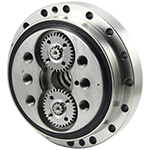
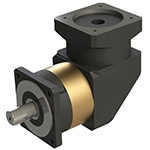
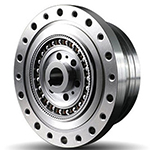
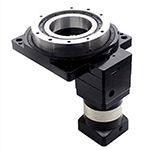
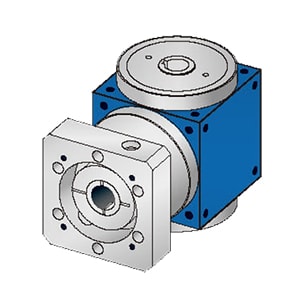
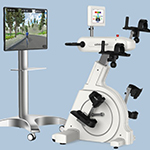
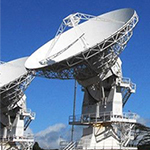
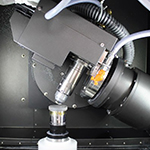
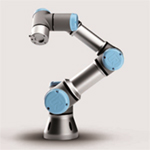
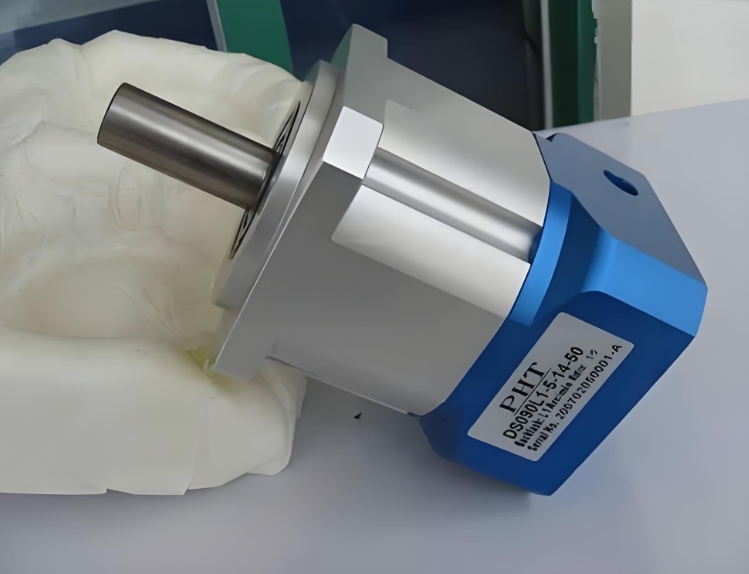
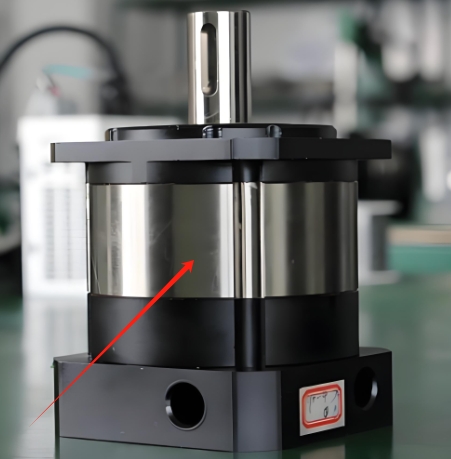
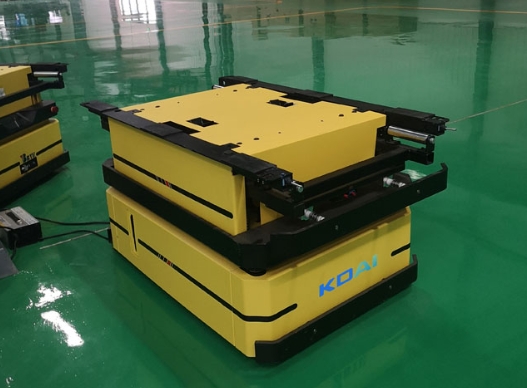
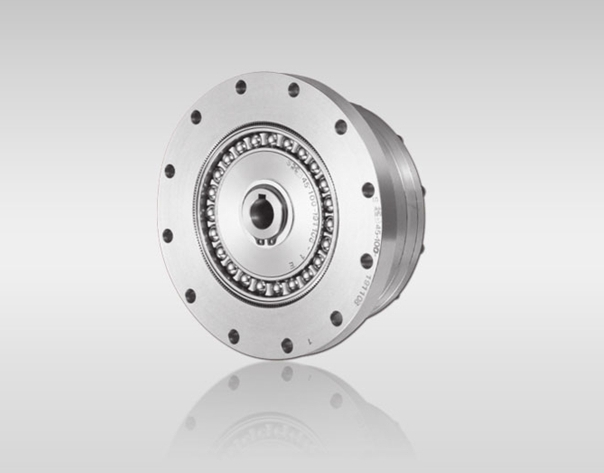
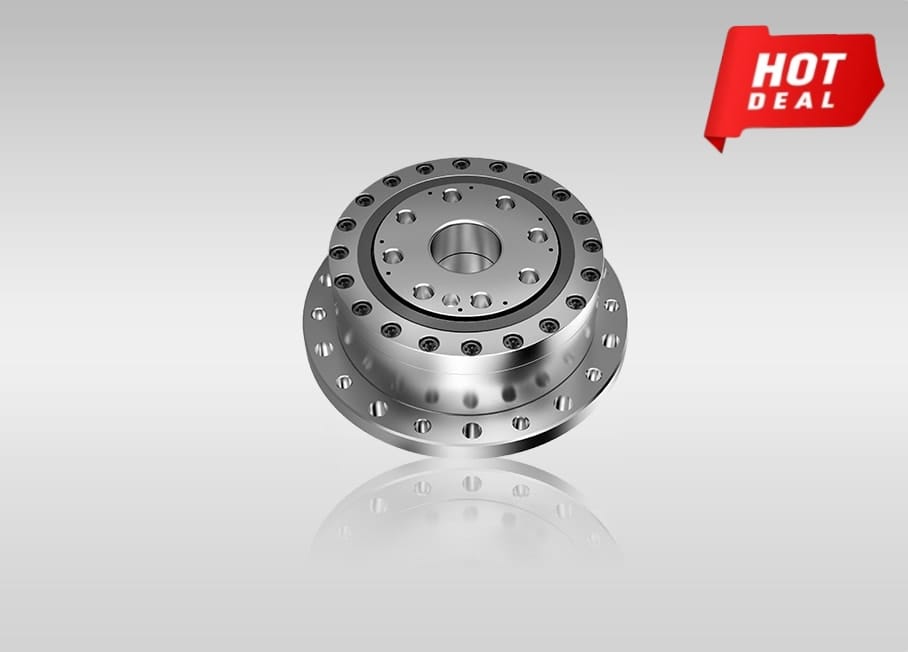
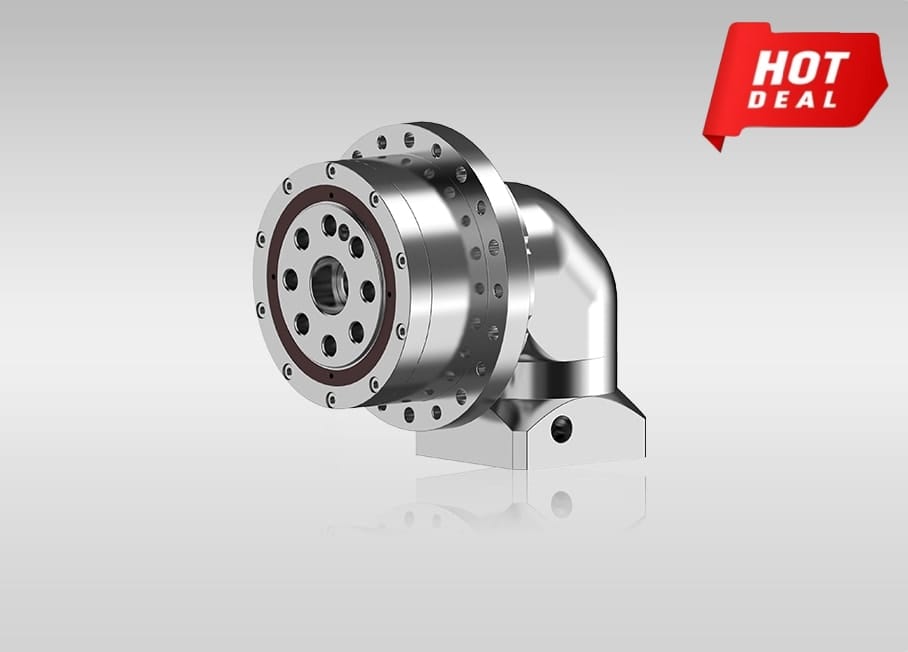
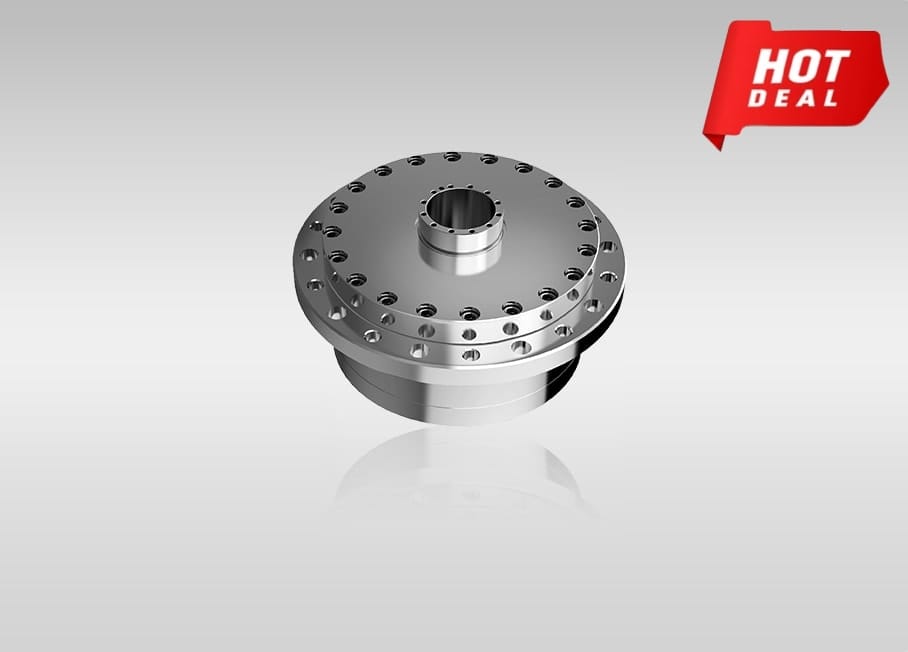
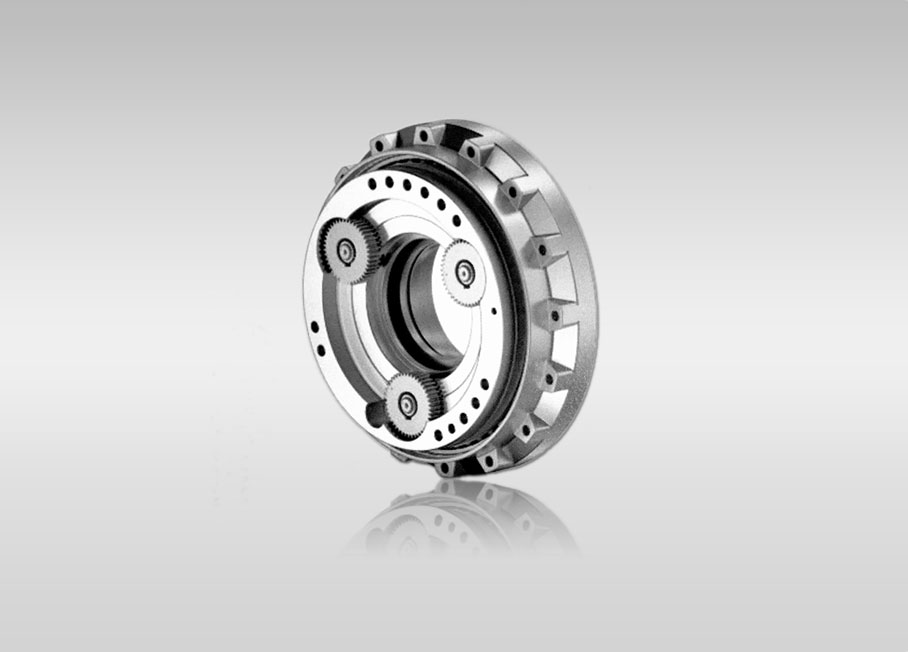
Quote Now